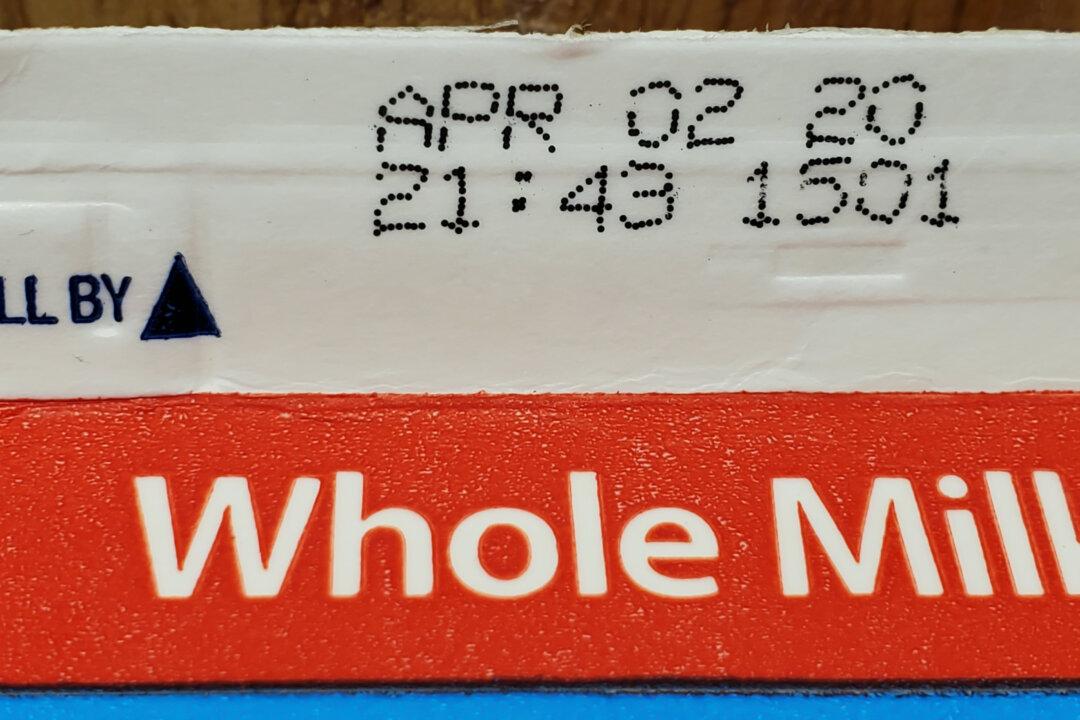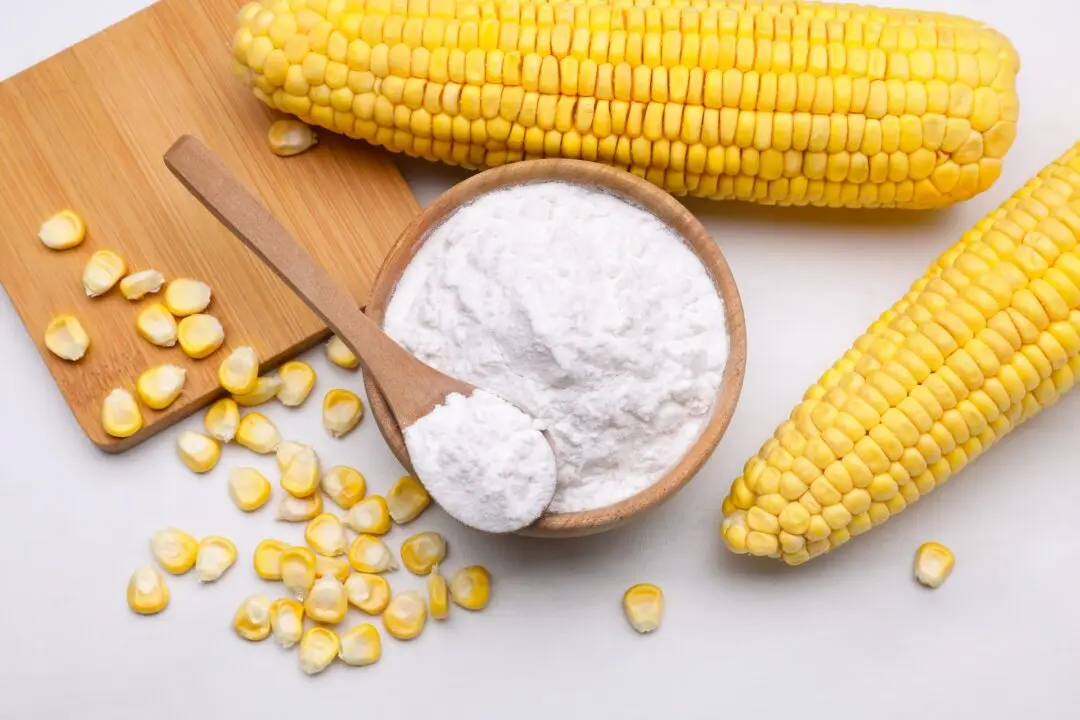Dear Cheapskate: Can you clarify expiration dates on food products? When it says “Sell By 8/01/23” does that mean it has to be used or just sold by that date? Others show a date of, say, 2/01/26 on canned or packaged goods. Does that mean you need to use it by this date or what? Some canned or packaged products don’t seem to have any date that I can find. Why is that? I’m so confused! —Bob D.
Dear Bob: The answer, which I can promise you will be much longer than your question, may surprise you. We’re all confused! There is no standardization in the industry. Confusing food date labels lead to staggering food waste in America.





